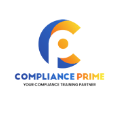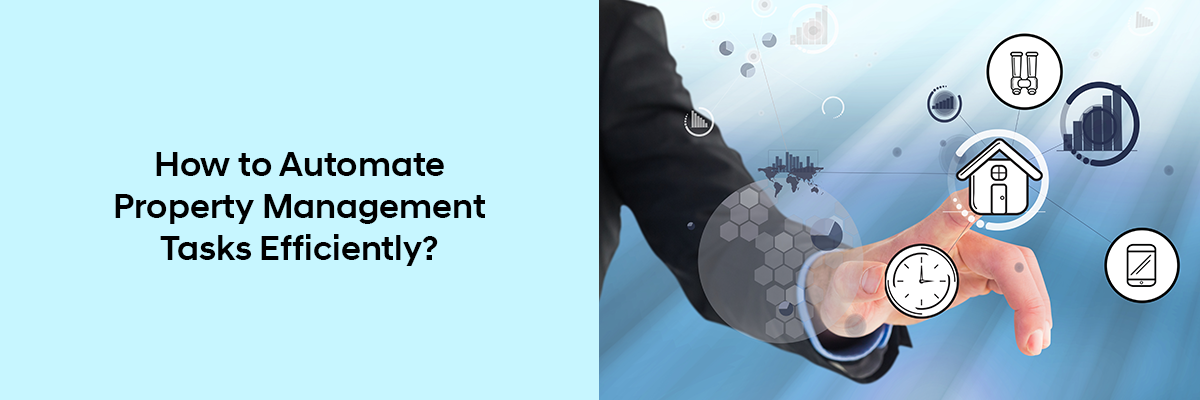Managing rental property in the United States is far from simple. Landlords and property managers juggle multiple responsibilities, ensuring compliance with federal and state housing laws, maintaining the property, addressing tenant needs, advertising vacancies, screening applicants, collecting rent, handling repairs, and keeping up with legal changes.
In the U.S., where the Fair Housing Act sets clear standards for nondiscrimination, these responsibilities carry not just financial but also legal weight. That’s why automation has become essential. By using technology and professional tools, landlords can manage tasks more efficiently, reduce errors, and stay on the right side of the law.



Why Automation Matters in Property Management
Manual processes are time-consuming and increase the risk of mistakes. A missed rent reminder, a delayed maintenance request, or a poorly handled application can quickly escalate into tenant complaints, or even legal disputes.
Automation offers several advantages:
- Consistency: Ensures all tenants are treated fairly and equally, supporting Fair Housing compliance.
- Efficiency: Reduces repetitive work like rent collection and record keeping.
- Transparency: Provides digital records of communication, payments, and applications that can protect landlords in case of disputes.
- Compliance: Helps landlords follow state and federal housing laws more reliably.
To know more about Effectively Addressing EIV Income Discrepancy Reports, do give our in- depth blog a read.
Practical Ways to Automate Property Management in the U.S.
Here are specific areas where U.S. landlords and property managers can apply automation:
- Marketing Vacancies
Property management software can automatically list rentals across major U.S. platforms such as Zillow, Apartments.com, and Realtor.com. This saves time and ensures ads comply with Fair Housing laws (e.g., avoiding discriminatory language like “no kids” or “singles only”). - Applicant Screening
Online platforms like TransUnion SmartMove or AppFolio streamline background checks, credit reports, and rental history verification. Automated screening ensures that every applicant is judged by the same criteria, reducing bias and supporting nondiscriminatory practices.
To know more about California Tenant Screening Laws, read our in-depth blog. - Rent Collection
Tenants in the U.S. increasingly prefer online payments. Platforms such as Buildium, TenantCloud, or PayRent allow for ACH transfers, debit/credit payments, and automated rent reminders. This reduces late payments and provides secure, trackable records. - Tenant Communication and Requests
Many landlords now use tenant portals or apps where residents can submit maintenance requests, complaints, or general inquiries. These systems create a digital record, making it easier to respond promptly and fairly. Tenants also appreciate the convenience of 24/7 access. - Maintenance Tracking
Automated maintenance systems can schedule recurring inspections (e.g., HVAC servicing, fire safety checks) and track repair progress. This helps ensure that habitability standards, required under U.S. landlord-tenant laws, are consistently met. - Compliance and Legal Updates
In the U.S., housing regulations vary not only federally but also at the state and city level. Landlords can subscribe to compliance platforms, alerts, or legal newsletters to receive timely updates. Some property management software even integrates compliance reminders. - Training and Education
Technology doesn’t replace knowledge. Landlords and property managers should regularly attend webinars and training sessions from housing experts to stay compliant. For example, Compliance Prime offers online training on Fair Housing and property management, ensuring that landlords understand both their rights and responsibilities.
Additional Tips for Smarter Automation
- Use integrated systems: Choose platforms that connect marketing, screening, rent collection, and communication in one place.
- Digitize records: Store lease agreements, tenant communications, and compliance documents securely in the cloud for easy retrieval.
- Automate reminders: Set alerts for lease renewals, inspection schedules, and license deadlines.
- Balance tech with human touch: While automation saves time, personal communication, like a quick phone call or check-in, builds stronger tenant relationships.
Final Thoughts
In the U.S., managing rental properties requires balancing efficiency with compliance. Automation helps landlords and property managers stay organized, save time, and ensure consistency, but it also plays a critical role in supporting Fair Housing compliance.
By automating tasks like marketing, tenant screening, rent collection, and maintenance while staying educated through expert-led training, landlords can reduce legal risks and create better living experiences for tenants.
Ultimately, automation isn’t about replacing people, it’s about making property management smarter, fairer, and more reliable.


